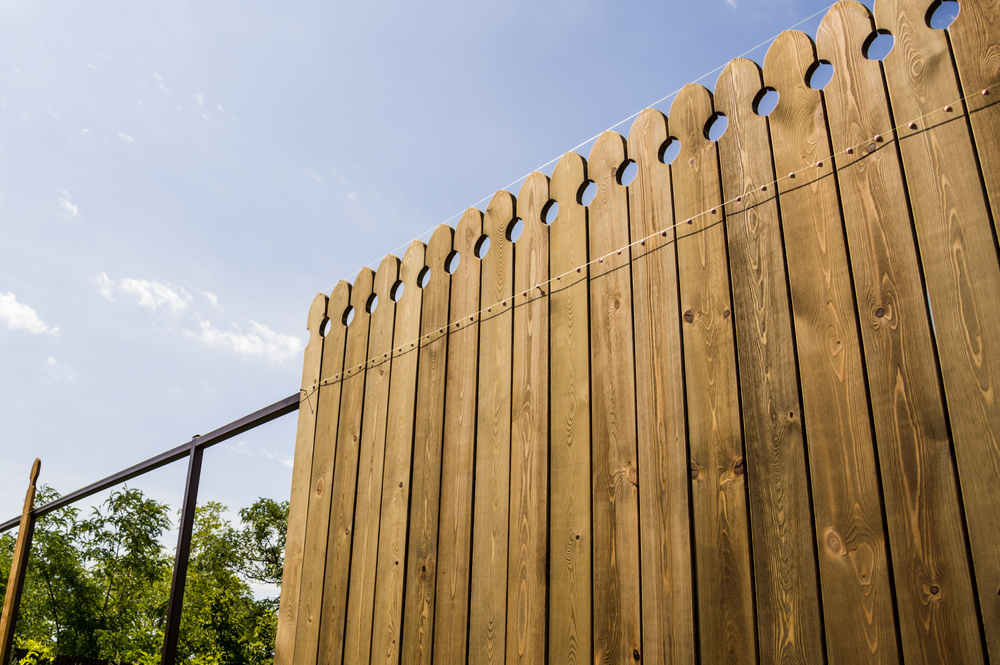Your neighbour has suddenly let you know they want to build a new fence on your shared property boundary. Fair enough. Except you think the existing fence is fine, and they expect you to pay for half! Boundary fences are one of the major causes of property disputes between neighbours and can often cause problems way out of proportion to the actual issues. That’s why it’s important you know about the relevant laws, potential problems, and your rights and responsibilities when it comes to fencing.
One of the more common questions asked is can my neighbour put up a fence without my permission? Technically, if the fence is within their property boundary, they have every right to do what they want, as long as it meets the maximum fencing height standards. However, they can’t enter your property without your permission, as it could be considered trespassing.
Who pays for the fence between neighbours?
Both neighbours have the same rights and obligations regarding building or repairing a dividing fence. Australian laws typically state that neighbours must share the cost of building a fence between the properties equally. (There are some exceptions, which we’ll cover below). If your neighbour wants a new fence, but you don’t, you are still responsible for sharing the cost of building it. That’s why it’s essential for both of you to come to an agreement before any work is done.
An exception to the equally-shared cost is if your neighbour wants more work done than is necessary for a “sufficient dividing fence”. For example, suppose your neighbour needs a higher fence due to having a dog or toincrease the value of their home. In that case, they should pay the extra cost for this or provide the additional labour and materials to build a suitable fence outside of what would otherwise be “sufficient” for your needs.
Another exception is if they damage an existing fence — they then have to pay the entire cost of restoring it. As you can see, it’s a little complicated!
Fence laws for each state
Yes. While similar across the country, Australian fencing rules and standards for dividing fences are set by state governments. Below is a guide by state. These can often change, so it’s worth researching the exact legal requirements in your local council area.
Queensland
Fencing standards in Queensland are covered by the Neighbourhood Disputes Resolution Act 2011. Fencing matters that cannot be resolved between neighbours can be referred to the Queensland Civil and Administrative Tribunal. Check out the Queensland government’s guide to resolving fence disputes here.
New South Wales
Standards for dividing fences in NSW are covered by the Dividing Fences Act 1991. The Act states that neighbours must contribute equally to the costs of constructing, repairing, replacing or maintaining a shared dividing fence. Regulations for dividing fences in NSW are affected by factors such as your Local Government Area (LGA) and the age of the structure you want to fence around. If both parties can’t come to an agreement, conflict resolution applications can be made at the local court, a Community Justice Centre, or the NSW Civil and Administrative Tribunal.
Australian Capital Territory
The Common Boundaries Act deals with standards for dividing fences in the ACT. Some small fences are exempt from building approvals, but certain criteria around building materials apply.
Victoria
Standards for dividing fences in Victoria are dealt with in the Victorian Fences Amendment Act 2014. Installing an adjoining fence between two properties in this state requires collaboration between neighbours. However, the Act stipulates rules around how it should be constructed, who pays for it, and how to deal with boundary disputes.
South Australia
Standards and regulations for dividing fences in South Australia are dealt with in the Fences Act 1975. The legislation states there is no obligation for a neighbour to contribute to the costs of building, repairing or maintaining a fence unless they have agreed and/or have been given reasonable notice.
Western Australia
In WA, the Dividing Fences Act 1961 outlines the process for sharing the cost of a dividing fence with your neighbour and how to handle disputes. If an agreement can’t be reached, a resident can make an application to the Magistrates Court to resolve the issue.
Northern Territory
The Northern Territory Fences Act sets out the rules about fencing for NT residents. The NT government encourages residents to utilise the NT Community Justice Centre to mediate fencing disputes.
Tasmania
In Tasmania, the Boundary Fences Act 1908 is the primary legislation concerning fencing. If you can’t reach an agreement with your neighbour, contact the Tasmanian Legal Aid Telephone Advice Service for guidance.
References
- 2022, Michael Yardney, Know your rights when you have a fence war with your neighbours,

